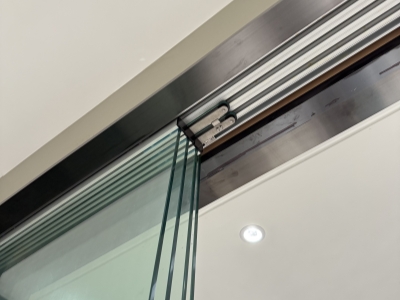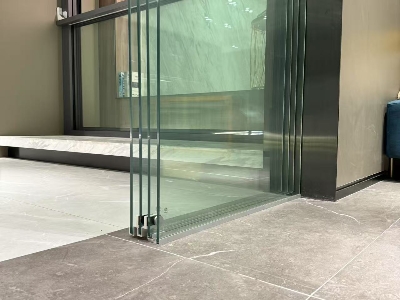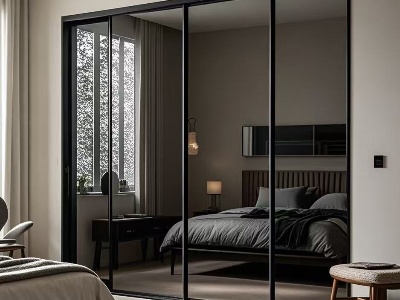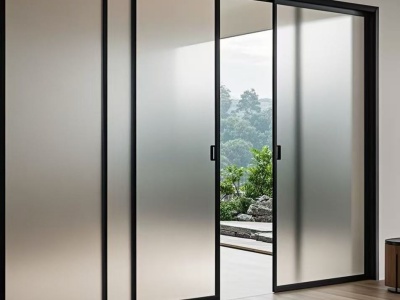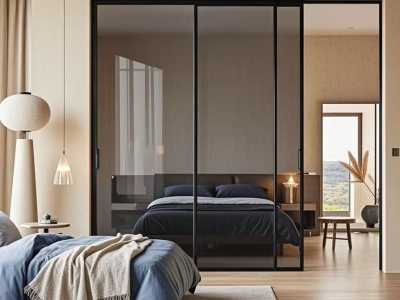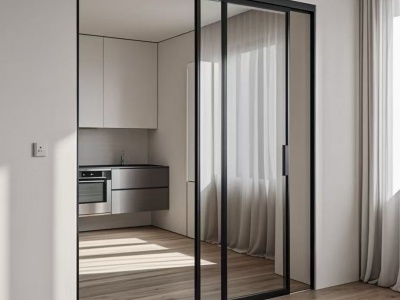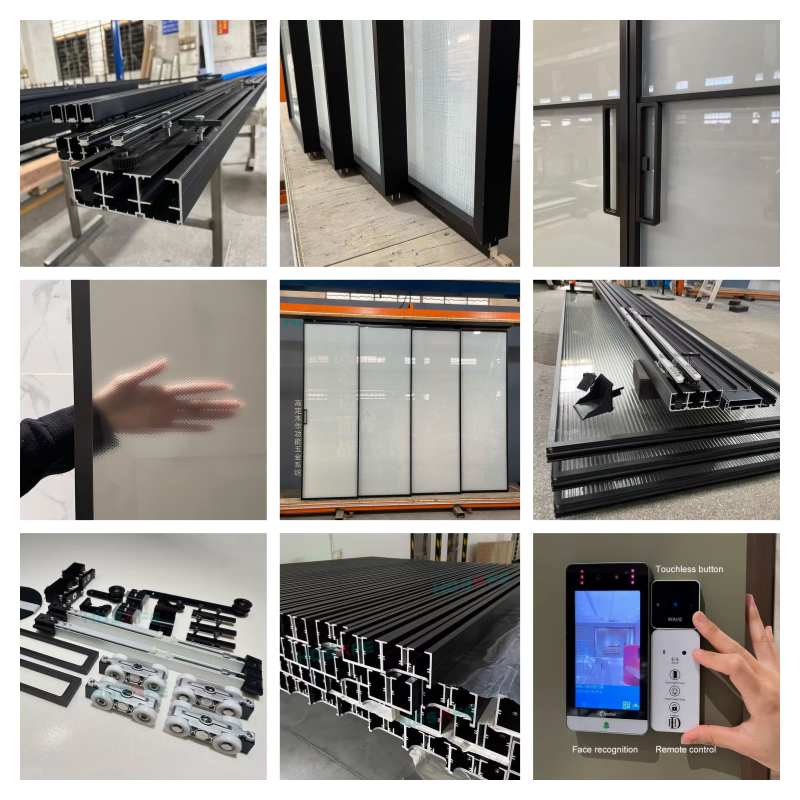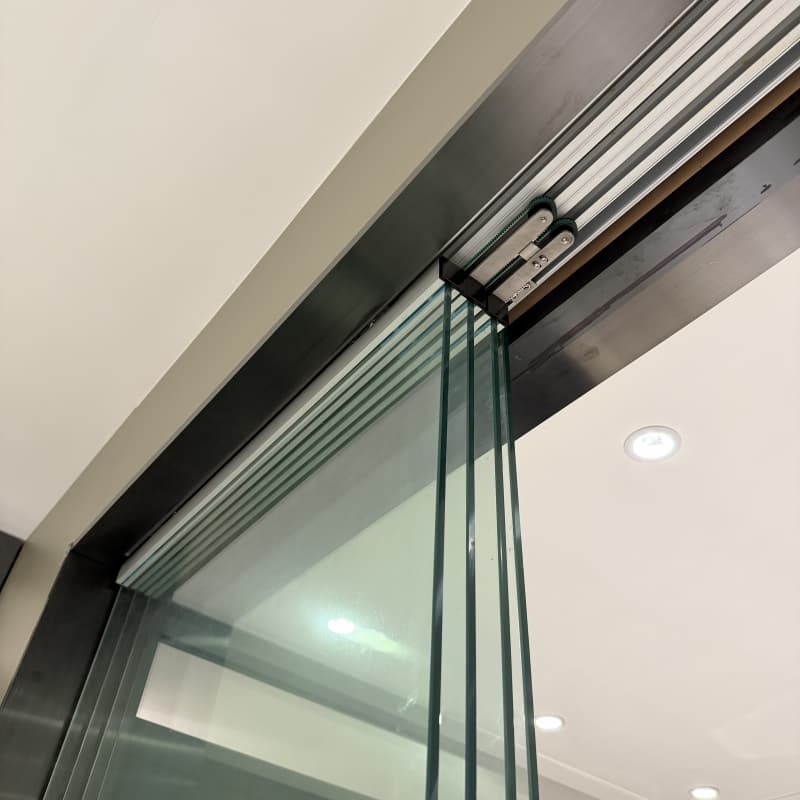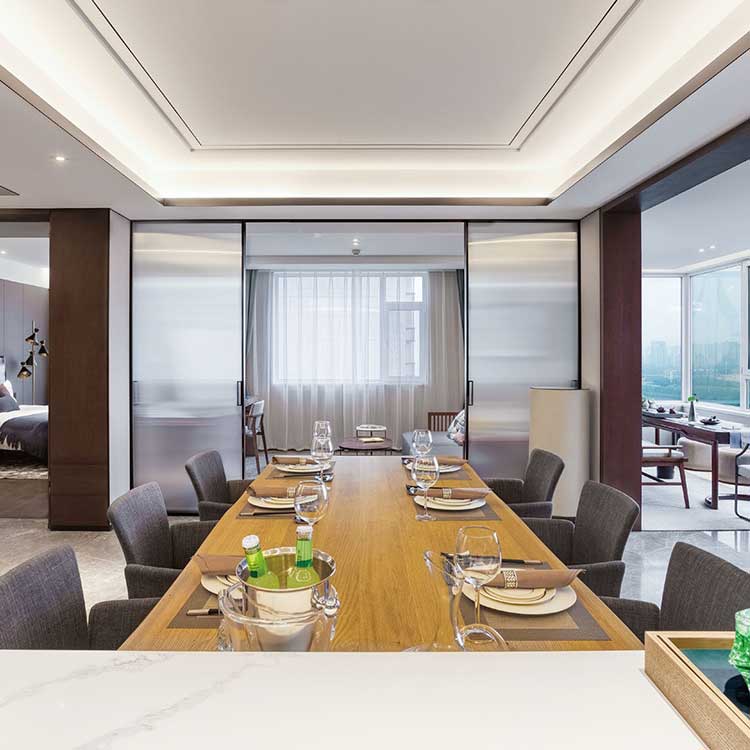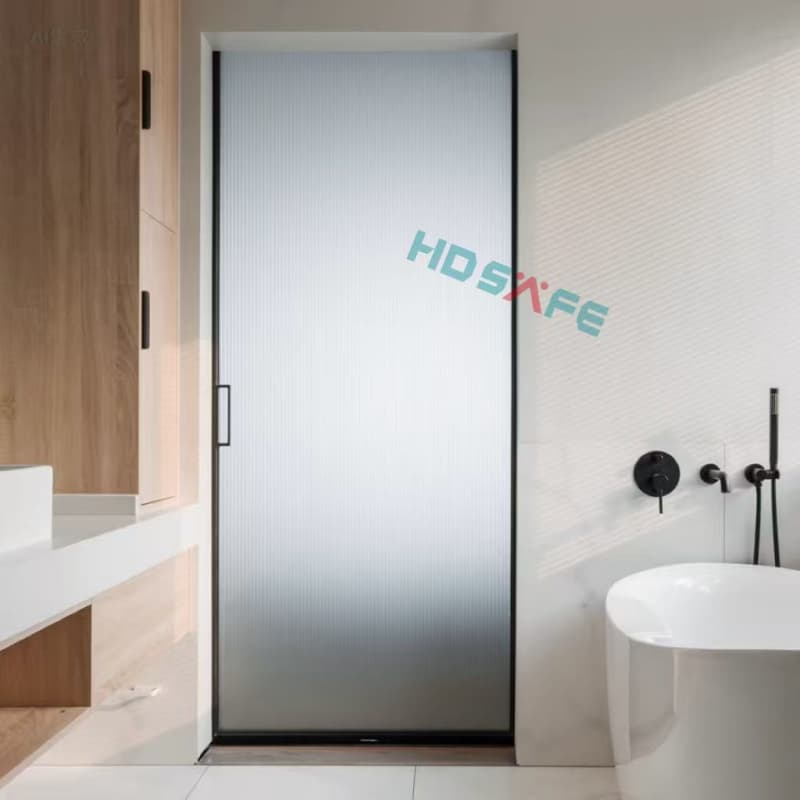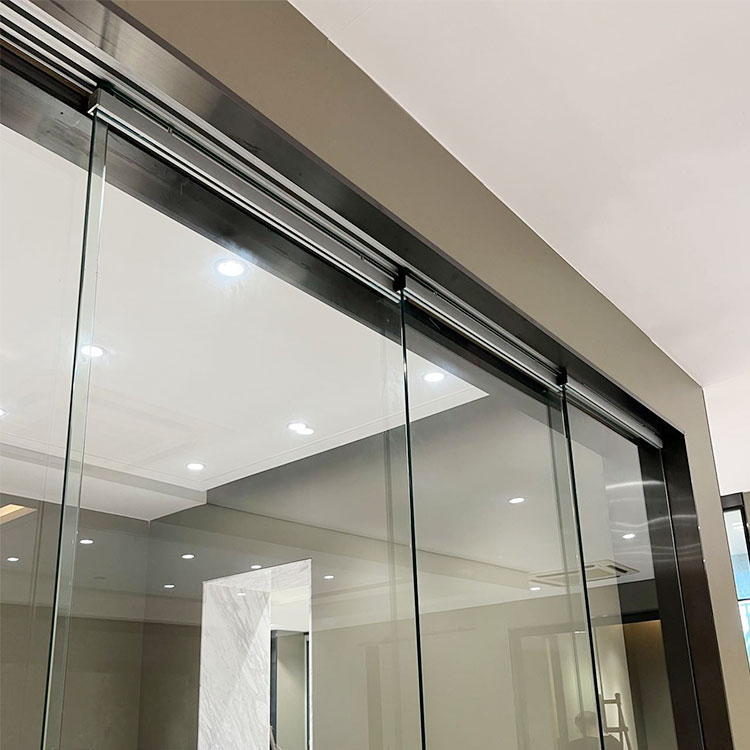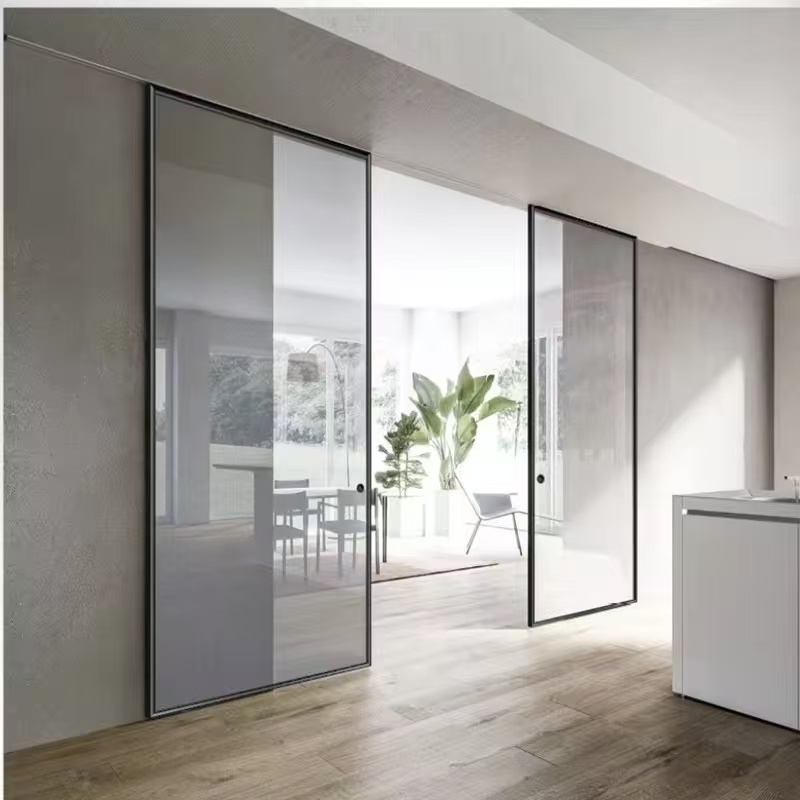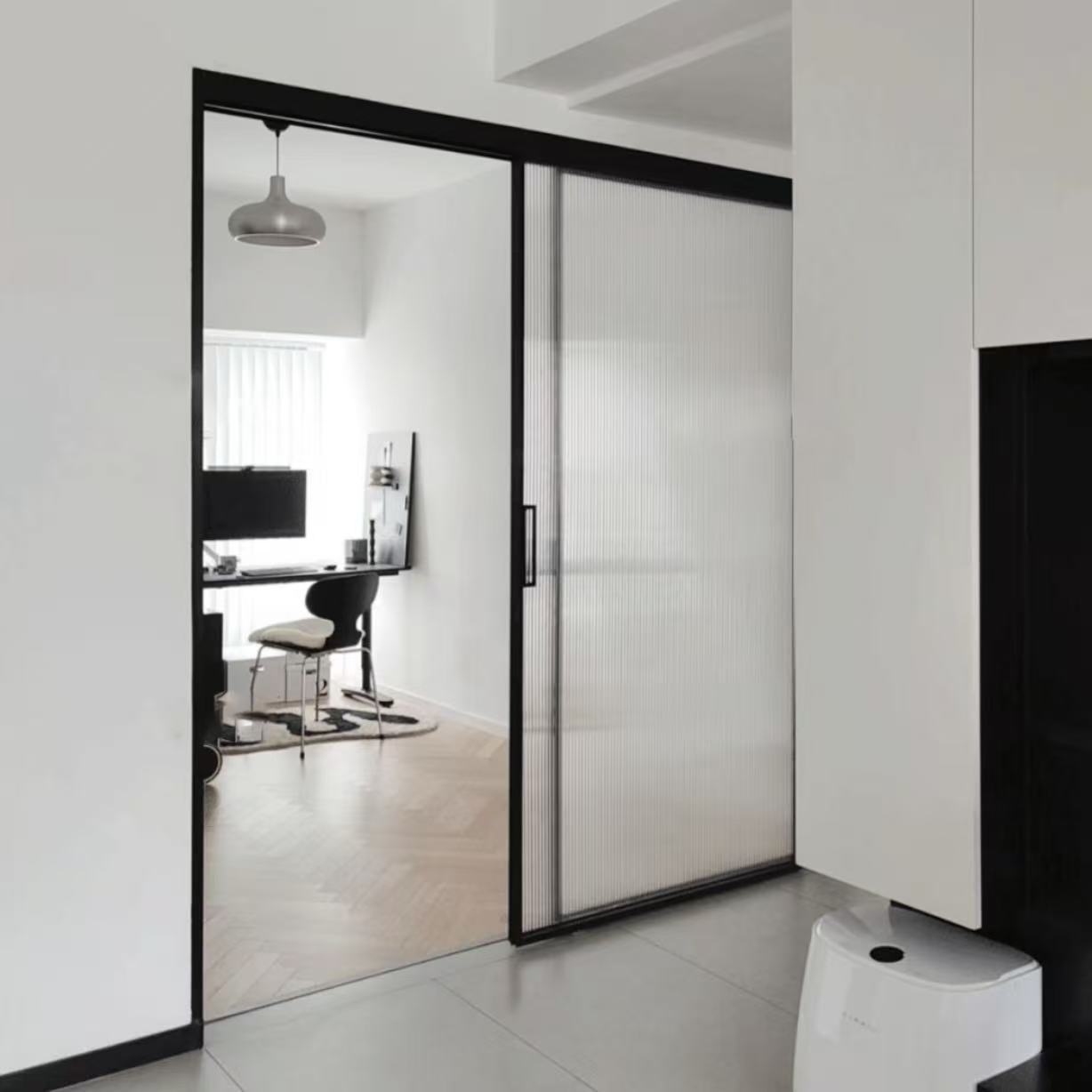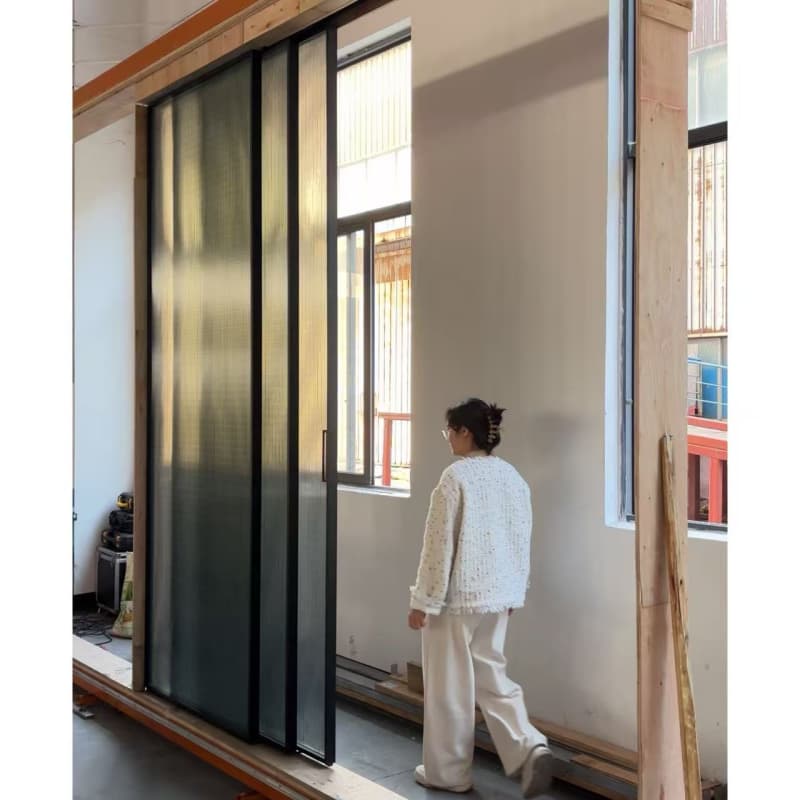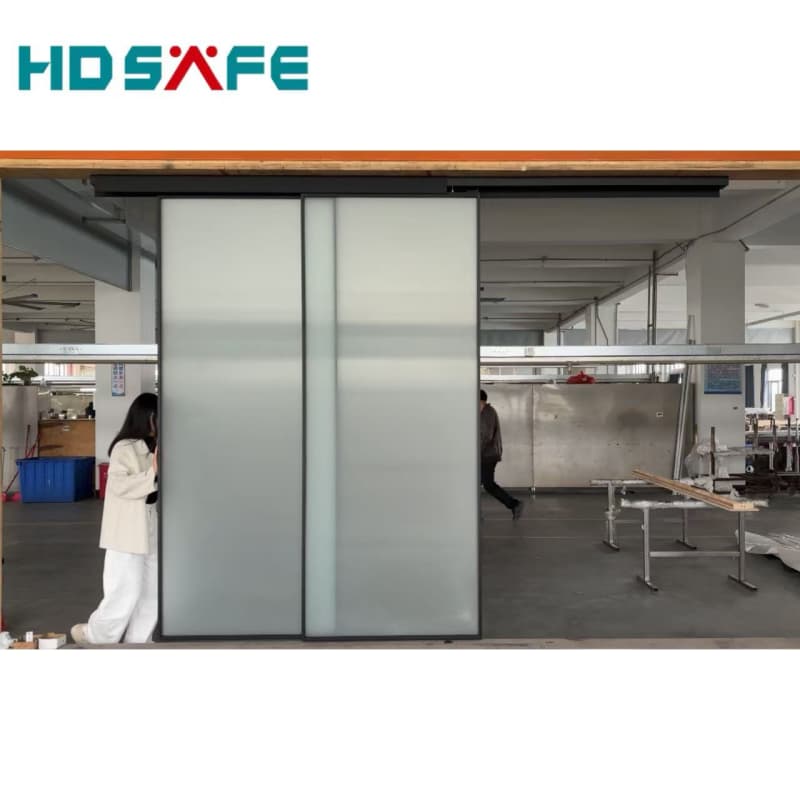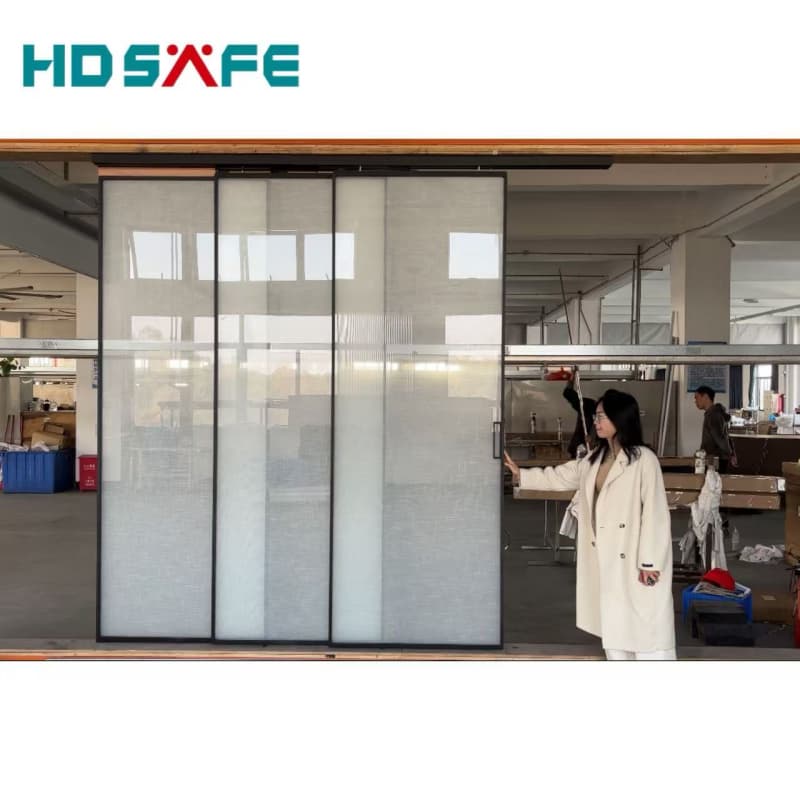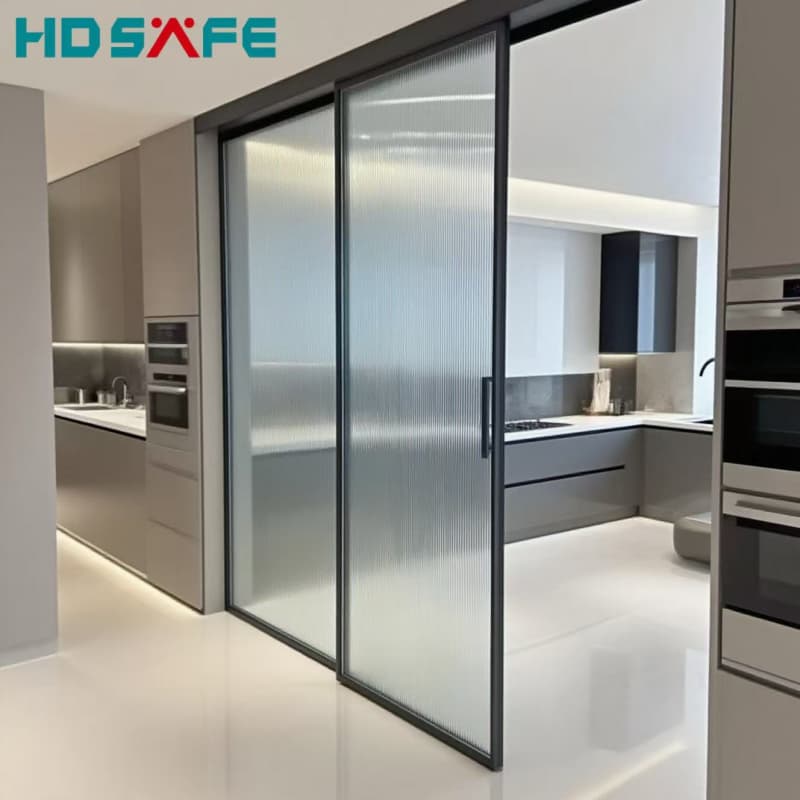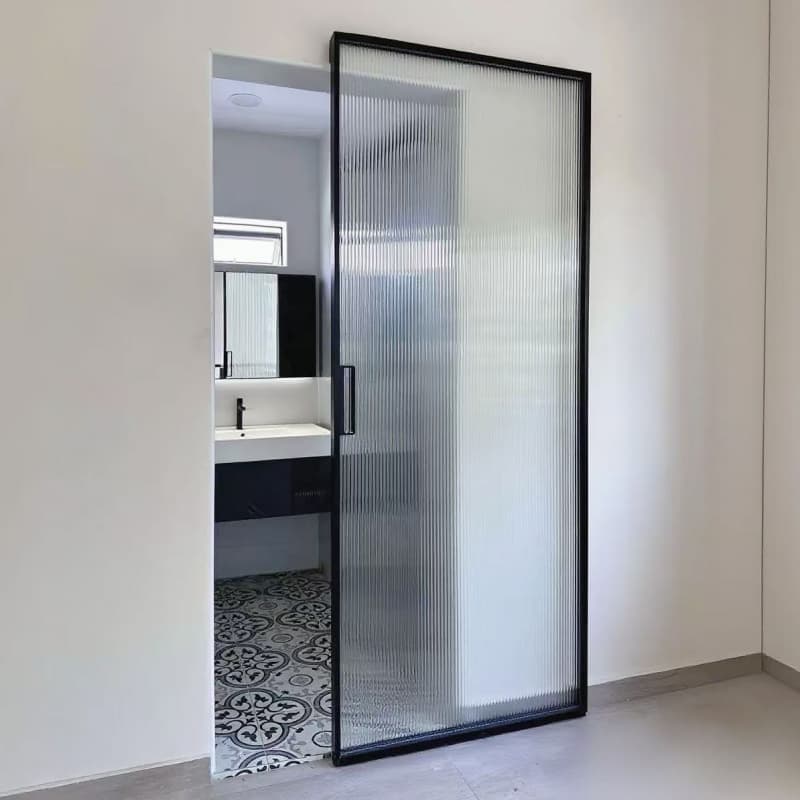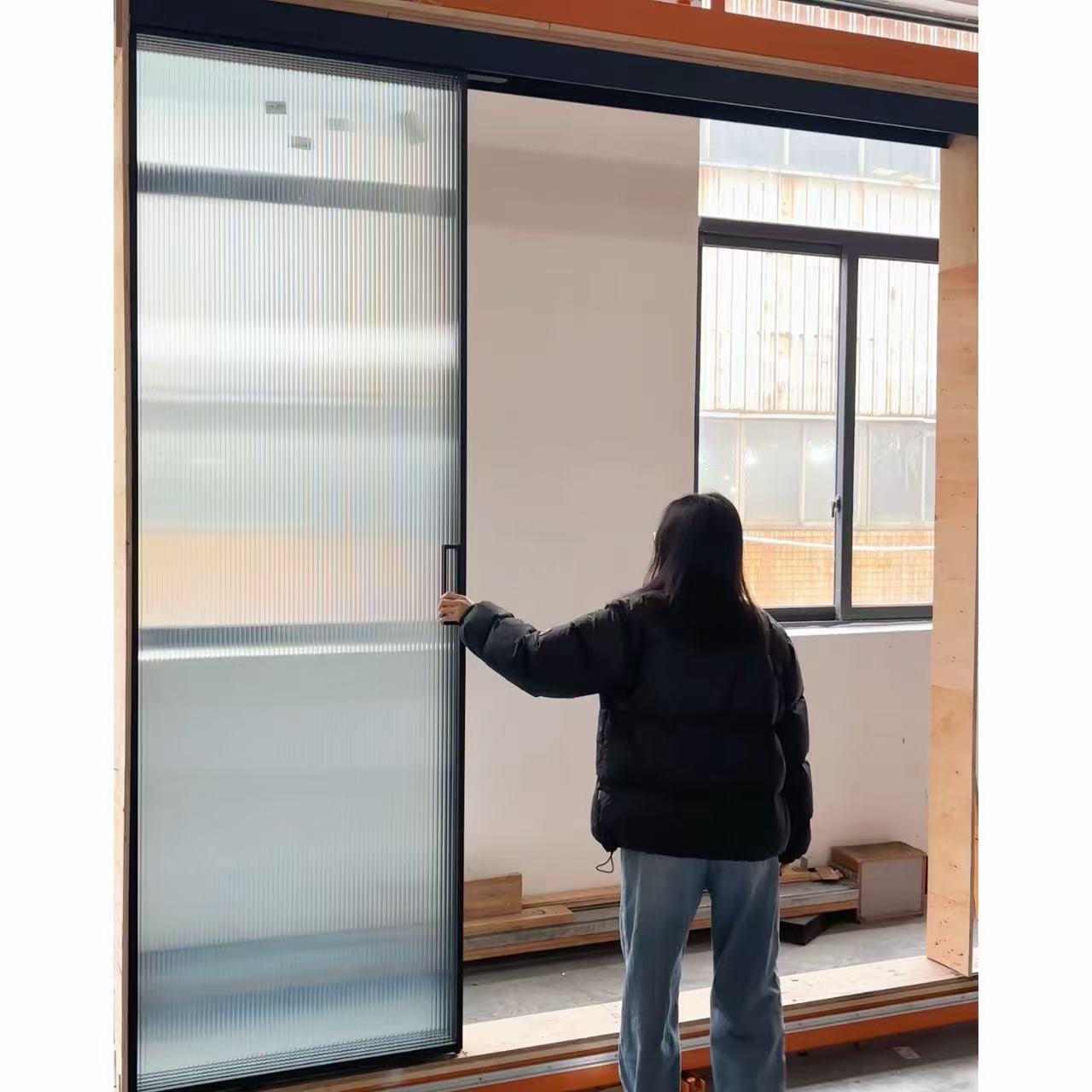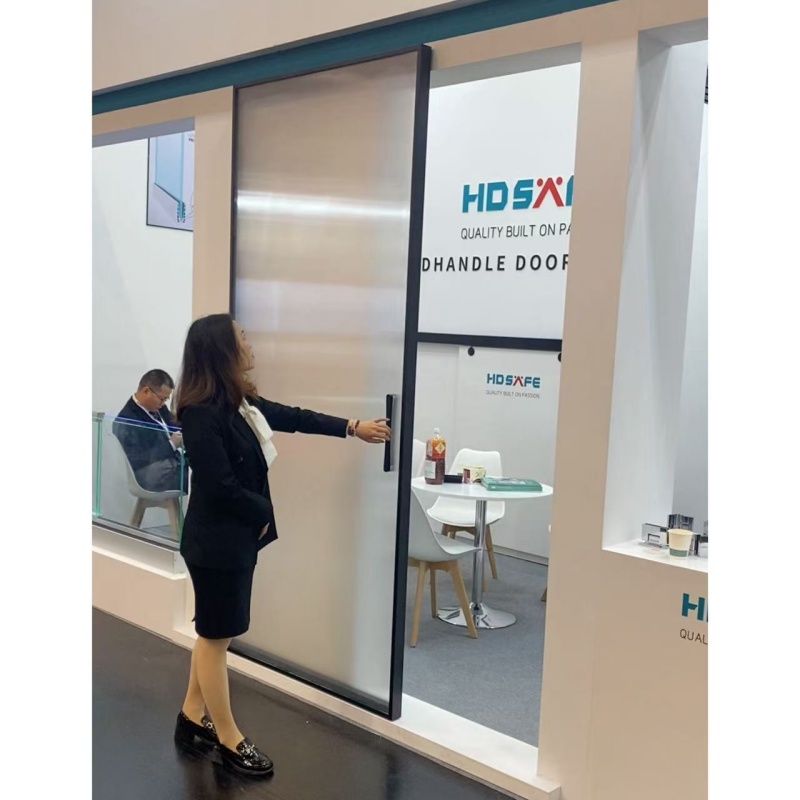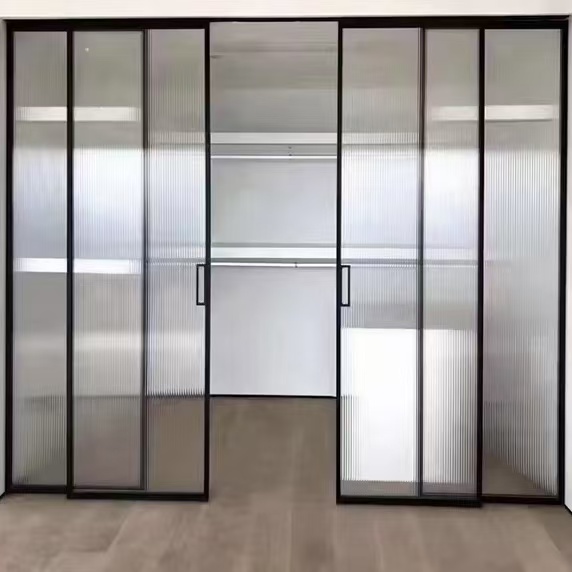What Are Automatic Sliding Doors? A Comprehensive Guide
Automatic sliding doors are a ubiquitous feature in modern architecture, seamlessly blending functionality, convenience, and aesthetics. They are commonly found in a variety of settings, including shopping malls, airports, office buildings, hospitals, hotels, and public transportation hubs. These doors not only enhance the aesthetic appeal of a structure but also play a crucial role in improving accessibility, safety, and energy efficiency. In this article, we will delve into the intricacies of automatic sliding doors, exploring their history, technology, benefits, and future trends.
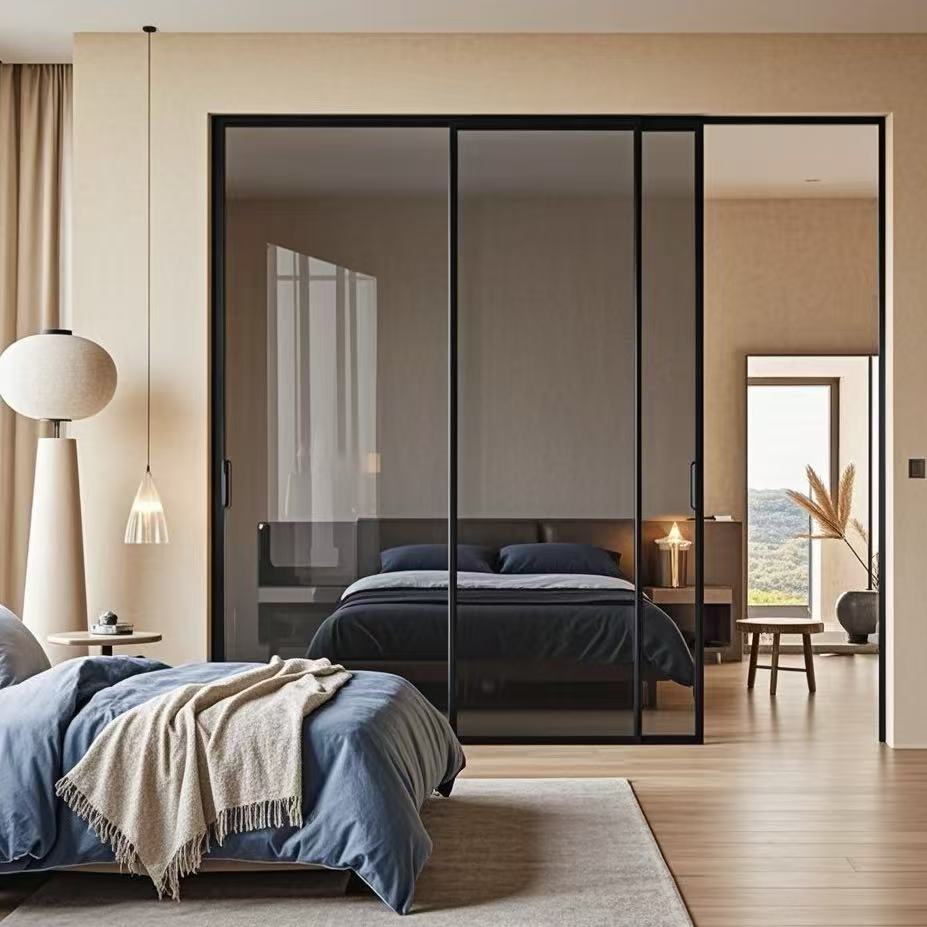
A Brief History of Sliding Doors
The concept of sliding doors dates back to ancient civilizations. In Japan, traditional Shoji screens and Fusuma panels have been used for centuries, allowing for the division and reconfiguration of spaces. These early sliding doors were typically made of wood and paper, providing both privacy and flexibility. The modern automatic sliding door, however, is a product of the 20th century technological advancements.
The first automatic sliding doors were developed in the 1950s. Clarence Swislocki, an engineer, is often credited with inventing the first practical automatic sliding door system. His invention used a mat actuator, which triggered the door to open when stepped on. This innovation marked the beginning of a new era in architectural design and accessibility.
How Automatic Sliding Doors Work
Automatic sliding doors operate through a combination of sensors, motors, and control systems. The basic components include:
-
Door Panels: These are the panels that slide open and closed. They are typically made of glass, metal, or a combination of materials, depending on the design and functionality requirements.
-
Tracks: The door panels are mounted on tracks that guide their movement. The tracks can be top-hung, floor-mounted, or a combination of both, depending on the specific design.
-
Motors: The motor is the power source that drives the movement of the door panels. Common types of motors include belt-driven and chain-driven systems.
-
Sensors: Sensors are the key components that detect the presence of people or objects. There are several types of sensors used in automatic sliding doors, including:
- Infrared Sensors: These sensors detect heat and motion, making them highly effective in various environments.
- Ultrasonic Sensors: These sensors use sound waves to detect movement and are often used in conjunction with infrared sensors for added reliability.
- Pressure Mats: These are placed on the ground and trigger the door to open when stepped on. While less common in modern systems, they are still used in some applications.
-
Control Systems: The control system manages the operation of the door, ensuring that it opens and closes smoothly and safely. It also handles the power supply and can include features like automatic door closing timers.
-
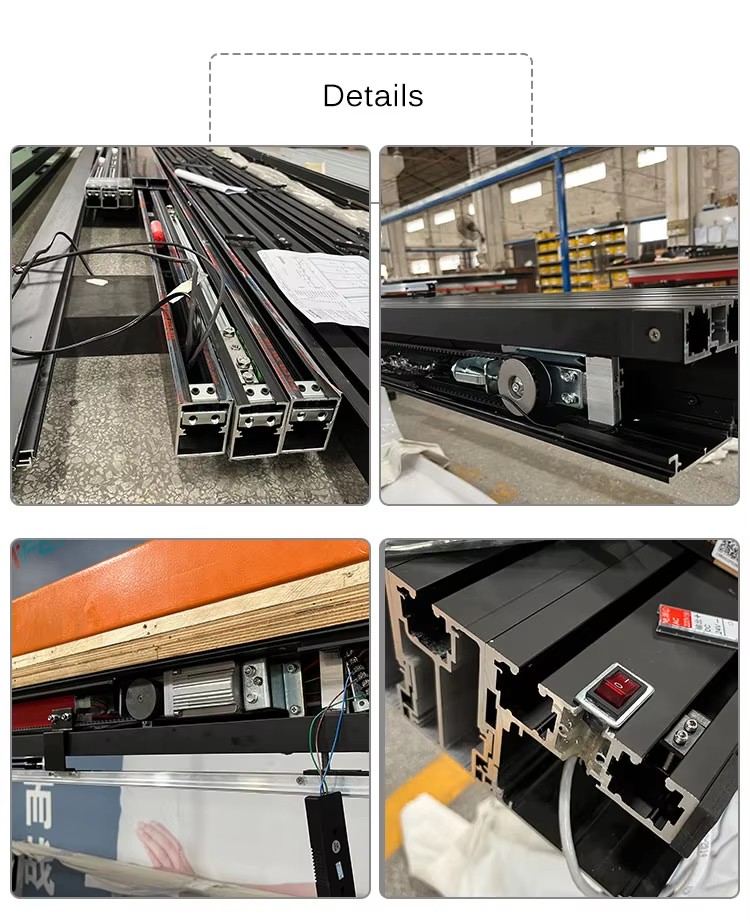
Types of Automatic Sliding Doors
There are several types of automatic sliding doors, each suited to specific applications and environments:
-
Single Sliding Doors: These consist of one panel that slides to one side. They are commonly used in smaller spaces or where only one direction of traffic is expected.
-
Double Sliding Doors: These consist of two panels that slide in opposite directions. They are ideal for higher traffic areas as they allow for more efficient movement in and out.
-
Bi-Parting Sliding Doors: Similar to double sliding doors, but they typically have three or more panels that split in the middle, allowing for a wider opening. These are often used in large entrances or where space constraints require a more flexible solution.
-
Stacking Sliding Doors: These doors consist of multiple panels that stack on top of each other when fully open. They are commonly used in high-end residential and commercial buildings to create a sleek, modern aesthetic.
-
Revolving and Sliding Combination Doors: These are hybrid doors that combine the features of both revolving and sliding doors. They are often used in areas with high traffic and varying climate conditions.
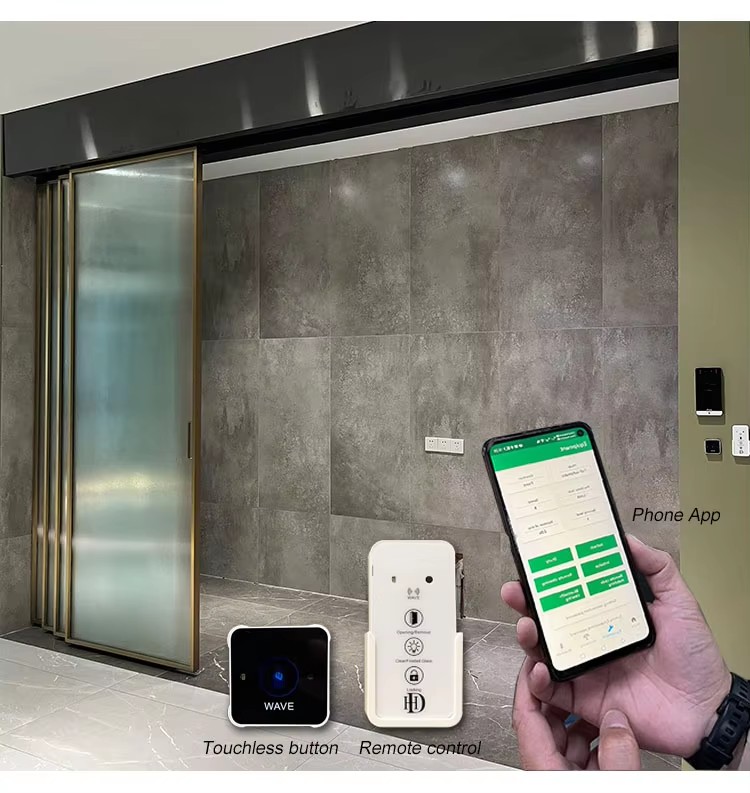
Benefits of Automatic Sliding Doors
The adoption of automatic sliding doors has been driven by their numerous benefits, which include:
1. Convenience
Automatic sliding doors eliminate the need for manual operation, making them highly convenient for users. This is particularly beneficial for individuals carrying heavy loads, pushing strollers, or using mobility aids. The seamless operation of these doors also enhances the overall user experience, as they open and close automatically without requiring any physical effort.
2. Accessibility
Automatic sliding doors play a crucial role in improving accessibility for people with disabilities, the elderly, and those with limited mobility. The Americans with Disabilities Act (ADA) and other similar regulations mandate the use of automatic doors in public buildings to ensure that everyone can access facilities easily. By providing a barrier-free entry and exit, automatic sliding doors contribute to a more inclusive society.
3. Energy Efficiency
Automatic sliding doors can contribute to energy efficiency in several ways. Many modern systems are equipped with features like motion sensors and timers that ensure the doors only remain open when necessary, reducing air leakage and minimizing heat loss or gain. Additionally, the use of energy-efficient materials and insulation in the door panels and frames can further enhance the energy-saving potential of these doors.
4. Safety
Safety is a paramount consideration in the design of automatic sliding doors. advanced sensors and control systems ensure that the doors operate safely, preventing accidents and injuries. For example, obstacle detection sensors can prevent the doors from closing if they detect an object or person in the way. Furthermore, many systems are equipped with emergency stop buttons and manual override options, ensuring that the doors can be quickly and easily opened if needed.
5. Aesthetic Appeal
Automatic sliding doors can significantly enhance the aesthetic appeal of a building. They come in a wide range of designs, materials, and finishes, allowing architects and designers to choose options that complement the overall architectural style. Glass panels, in particular, can create a sense of openness and modernity, while metal and wood finishes offer a more traditional or contemporary look.
6. Noise Reduction
High-quality automatic sliding doors are designed to minimize noise, providing a quieter environment in both indoor and outdoor settings. This is particularly important in areas like hospitals, libraries, and offices, where noise control is essential for creating a comfortable and productive atmosphere.
7. Durability and Low Maintenance
Automatic sliding doors are built to withstand heavy use and harsh environmental conditions, making them highly durable. They are typically made from robust materials like tempered glass, stainless steel, and aluminum, which resist wear and tear. Additionally, the motorized systems and sensors are designed for reliability, and many systems require minimal maintenance, further reducing long-term costs.
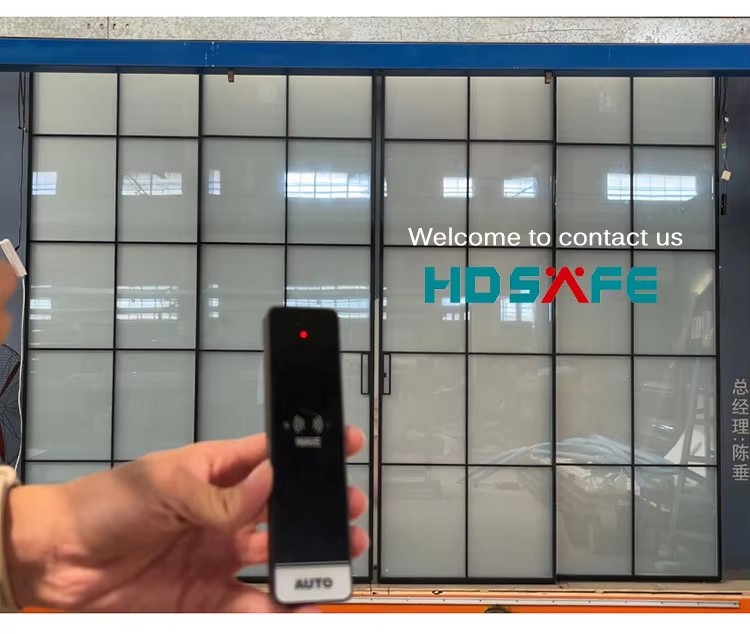
Applications of Automatic Sliding Doors
Automatic sliding doors are versatile and can be found in a wide range of applications:
1. Commercial Buildings
In commercial buildings, automatic sliding doors are common at entrances and exits, providing a welcoming and convenient entry point for customers and employees. They are also used in conference rooms, lobbies, and other areas where smooth and efficient movement is essential.
2. Healthcare Facilities
Hospitals, clinics, and other healthcare facilities rely on automatic sliding doors to ensure easy access for patients, especially those with mobility issues. The touchless operation of many automatic doors also helps reduce the spread of germs and infections in these environments.
3. Retail Stores
Retail stores use automatic sliding doors to enhance customer convenience and create a seamless shopping experience. They are particularly useful in high-traffic areas and during peak shopping times, allowing for smooth and efficient customer flow.
4. Airports and Transportation Hubs
Airports, train stations, and bus terminals rely on automatic sliding doors to manage the large volumes of passengers moving through these facilities. The efficiency and convenience of these doors help streamline the flow of people and improve the overall passenger experience.
5. Hotels and Hospitality
Hotels use automatic sliding doors in lobbies, entrances, and guest rooms to provide a luxurious and convenient experience for guests. They are also used in conference rooms, restaurants, and other public areas to enhance the overall ambiance and functionality.
6. Residential Buildings
While less common than in commercial settings, automatic sliding doors are also used in high-end residential buildings and luxury homes. They provide a modern and sophisticated touch, while also enhancing accessibility and convenience for residents.
7. Industrial Facilities
In industrial settings, automatic sliding doors are used in warehouses, factories, and other facilities where large doors are needed to accommodate the movement of goods and equipment. These doors are designed to withstand heavy use and harsh conditions, ensuring long-term reliability and performance.
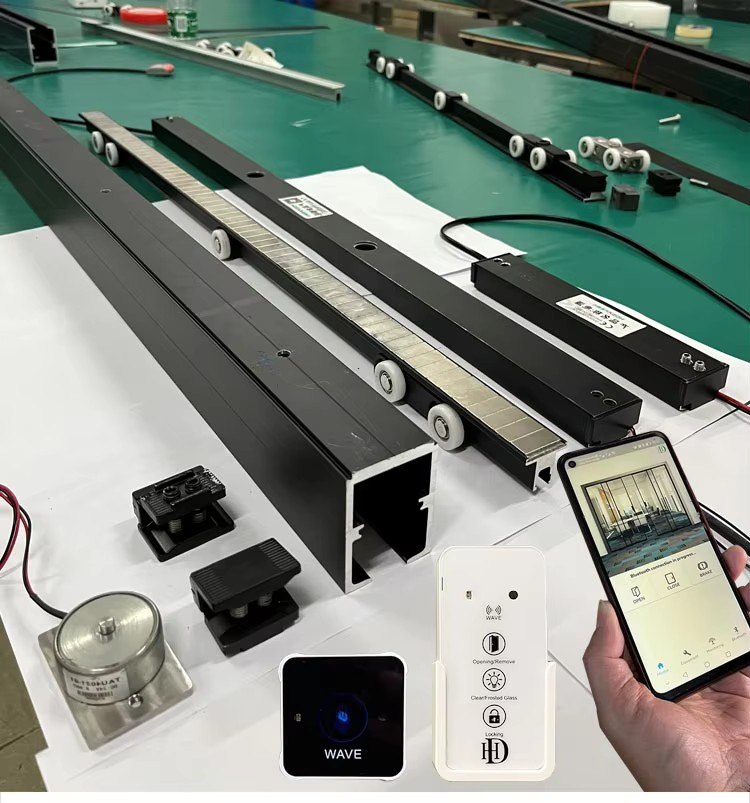
Technological Advancements in Automatic Sliding Doors
The technology behind automatic sliding doors has evolved significantly over the years, leading to more advanced and sophisticated systems. Some of the key technological advancements include:
1. Sensor Technology
Modern automatic sliding doors are equipped with advanced sensors that provide greater accuracy and reliability. Infrared and ultrasonic sensors have become more sensitive, allowing for better detection of people and objects, even in challenging environments. Additionally, some systems now use dual sensors, combining infrared and ultrasonic technologies for enhanced performance.
2. Touchless Operation
The COVID-19 pandemic has accelerated the adoption of touchless technology in automatic sliding doors. Many modern systems now feature proximity sensors that allow users to open the doors without touching them, reducing the risk of germ transmission. Some systems also incorporate gesture recognition technology, allowing users to control the doors with hand gestures.
3. Energy-Efficient Design
Advancements in materials and design have led to more energy-efficient automatic sliding doors. Insulated glass panels, better sealing mechanisms, and energy-efficient motors help reduce heat loss and improve thermal performance. Additionally, some systems incorporate energy recovery ventilation, capturing and reusing energy from the air exchanged when the doors open and close.
4. Integration with Building Management Systems
Many modern automatic sliding doors are integrated with building management systems (BMS), allowing for centralized control and monitoring. This integration enables facility managers to monitor the operation of the doors, receive alerts for maintenance needs, and optimize the performance of the entire building system.
5. Customization and Aesthetics
Advancements in design and manufacturing have made it possible to create fully customized automatic sliding doors that meet the specific aesthetic and functional requirements of any project. Custom finishes, lighting options, and unique panel designs allow for a high degree of personalization, ensuring that the doors complement the architectural style of the building.
6. Smart Features
The rise of the Internet of Things (IoT) has introduced smart features in automatic sliding doors. These features include remote monitoring, mobile app control, and integration with smart building systems. Smart features allow for greater convenience, security, and efficiency, enhancing the overall user experience.
Challenges and Considerations
While automatic sliding doors offer numerous benefits, there are also some challenges and considerations to keep in mind:
1. Cost
Automatic sliding doors are generally more expensive than manual doors, both in terms of initial installation costs and ongoing maintenance. However, the long-term benefits in terms of convenience, accessibility, and energy efficiency often outweigh the upfront costs.
2. Maintenance
Regular maintenance is essential to ensure the reliable operation of automatic sliding doors. This includes cleaning sensors, lubricating moving parts, and checking for any signs of wear or damage. Failure to maintain the doors properly can lead to malfunctions and safety hazards.
3. Safety
While automatic sliding doors are designed with safety in mind, improper installation or maintenance can result in accidents. It is crucial to ensure that the doors are installed by qualified professionals and that all safety features are functioning correctly.
4. Environmental Conditions
Automatic sliding doors must be designed to withstand the specific environmental conditions of their location. For example, doors in areas with extreme temperatures, high humidity, or heavy snowfall may require special materials and features to ensure long-term durability and performance.
5. Accessibility Compliance
In many jurisdictions, automatic sliding doors must comply with specific accessibility standards, such as the ADA in the United States. It is essential to ensure that the doors meet these requirements to avoid legal issues and provide a safe and accessible environment for all users.
Future Trends in Automatic Sliding Doors
The future of automatic sliding doors is likely to be shaped by advancements in technology, materials, and design. Some of the trends to watch include:
1. Enhanced Smart Features
As IoT and AI technologies continue to evolve, automatic sliding doors will become even smarter. Future systems may incorporate advanced analytics, predictive maintenance, and personalized user experiences. For example, doors could adjust their operation based on traffic patterns, weather conditions, or user preferences.
2. Sustainability
Sustainability will continue to be a driving force in the development of automatic sliding doors. Future designs may focus on using eco-friendly materials, reducing energy consumption, and integrating renewable energy sources. For example, doors could be powered by solar energy or incorporate energy-harvesting technologies.
3. Integration with Other Systems
Automatic sliding doors will increasingly be integrated with other building systems, such as security, lighting, and HVAC. This integration will enable more seamless and efficient operation, as well as enhanced functionality. For example, doors could be linked to security systems to automatically lock or unlock based on user credentials or time of day.
4. Customization and Personalization
The demand for personalized and customized architectural solutions is growing, and automatic sliding doors will continue to offer a high degree of customization. Future designs may allow for even greater flexibility in terms of materials, finishes, and features, enabling architects and designers to create truly unique and tailored solutions.
5. Improved Accessibility
As accessibility standards continue to evolve, automatic sliding doors will need to adapt to meet new requirements. Future designs may incorporate more advanced sensors, voice activation, and other features to enhance accessibility for people with disabilities, the elderly, and those with limited mobility.
6. Resilience and Durability
As extreme weather events become more common due to climate change, the resilience and durability of automatic sliding doors will become increasingly important. Future designs may focus on using stronger materials, improved sealing mechanisms, and advanced weather-resistant technologies to ensure long-term performance in challenging conditions.
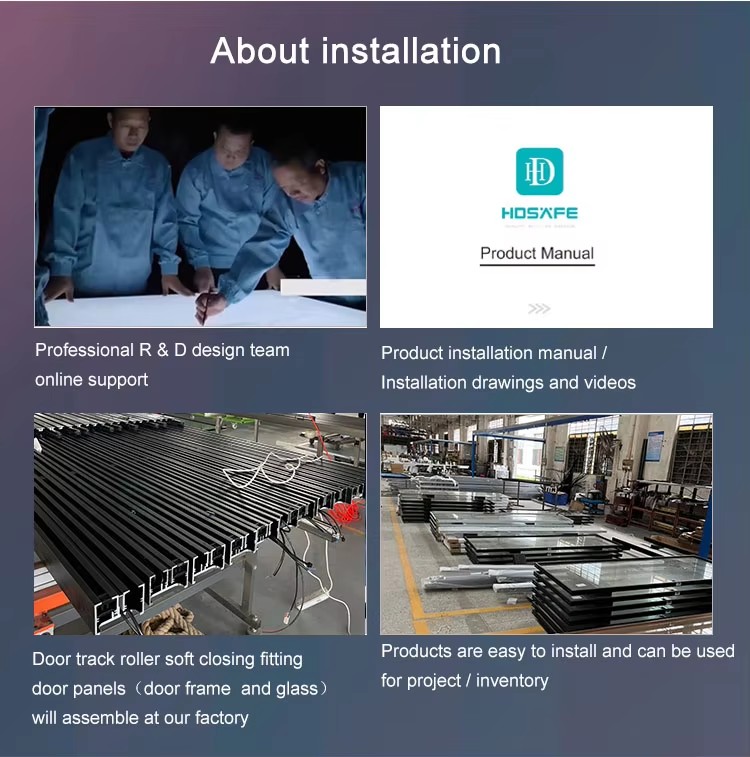
Conclusion
Automatic sliding doors are a remarkable innovation that has transformed the way we enter and exit buildings. Their convenience, accessibility, energy efficiency, and aesthetic appeal make them a popular choice in a wide range of applications. As technology continues to advance, we can expect to see even more sophisticated and intelligent automatic sliding doors that enhance the functionality and safety of our built environments.
Whether you are considering installing automatic sliding doors in a commercial building, healthcare facility, or residential property, it is important to work with qualified professionals to ensure that the doors meet your specific needs and comply with all relevant regulations. By investing in high-quality automatic sliding doors, you can create a more accessible, convenient, and energy-efficient space for everyone.
The future of automatic sliding doors is bright, with exciting possibilities for innovation and improvement. As we continue to push the boundaries of what is possible, these doors will play an increasingly important role in shaping the buildings and spaces of tomorrow.





 Home
Home May 20,2025
May 20,2025 
 The Comprehensive Guide to Automatic Sliding Door Sensors: Technology, Applications, and Future Trends
The Comprehensive Guide to Automatic Sliding Door Sensors: Technology, Applications, and Future Trends 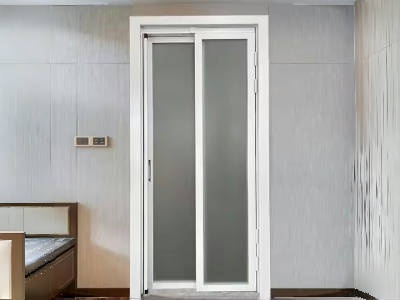
 Apr 23,2025
Apr 23,2025 
